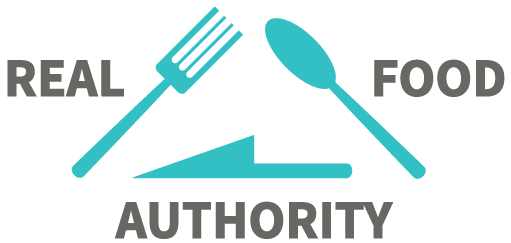Next up in my Favorite Foods series is the incredible egg!
Eggs have gotten a rotten rep over the years because they are a high cholesterol food. We once thought that eating high cholesterol foods would increase the cholesterol in our body. However, that’s rarely the case. I will say in some cases it may be a wise choice to cut back on eggs in certain people with elevated blood lipids, but it’s really an individual case by case situation.
Cholesterol is affected by the fat you eat and can be affected by concentrated sweets as well. Trans fats and saturated fat increase the LDL (bad) cholesterol in your body. Trans fats also decrease the HDL (good) cholesterol which is the opposite of what we want to happen.
Monounsaturated fats decrease LDL and increase HDL while polyunsaturated fats lower both LDL and HDL. I’ll go into more detail in a future post about fats, but this is the main gist.
Eggs are a very inexpensive, nutrient dense food. They are high in protein and are a good source of other important nutrients like vitamin D, phosphorus, riboflavin and selenium. Eggs have one of the highest amounts of choline of any food. Choline is involved in memory, mood, and other brain/nervous system functions. The carotenoids lutein and zeaxanthin are two antioxidants found in an egg which help protect and maintain eye health.
I pretty much eat eggs daily. Sometimes it’s the egg whites, but either way, they are a good source of protein for me. I buy them in the big packs from Costco weekly 🙂 It’s one of those foods I really don’t get tired of eating.
Another no-brainer recipe in the Instant Pot is hard boiled eggs! Simply add 1 cup of water to the bottom of the instant pot pan. Place the rack (which comes with the Instant pot) inside and place the eggs on top. Choose high pressure on manual, 5 minutes. Natural release 5 minutes then use quick release placing a towel over the valve so steam doesn’t get everywhere, then quickly place eggs in a cold water bath. Eggs are perfectly cooked and easy to peel!

For more nutrition facts on eggs, check out this post from Real Mom Nutrition.











